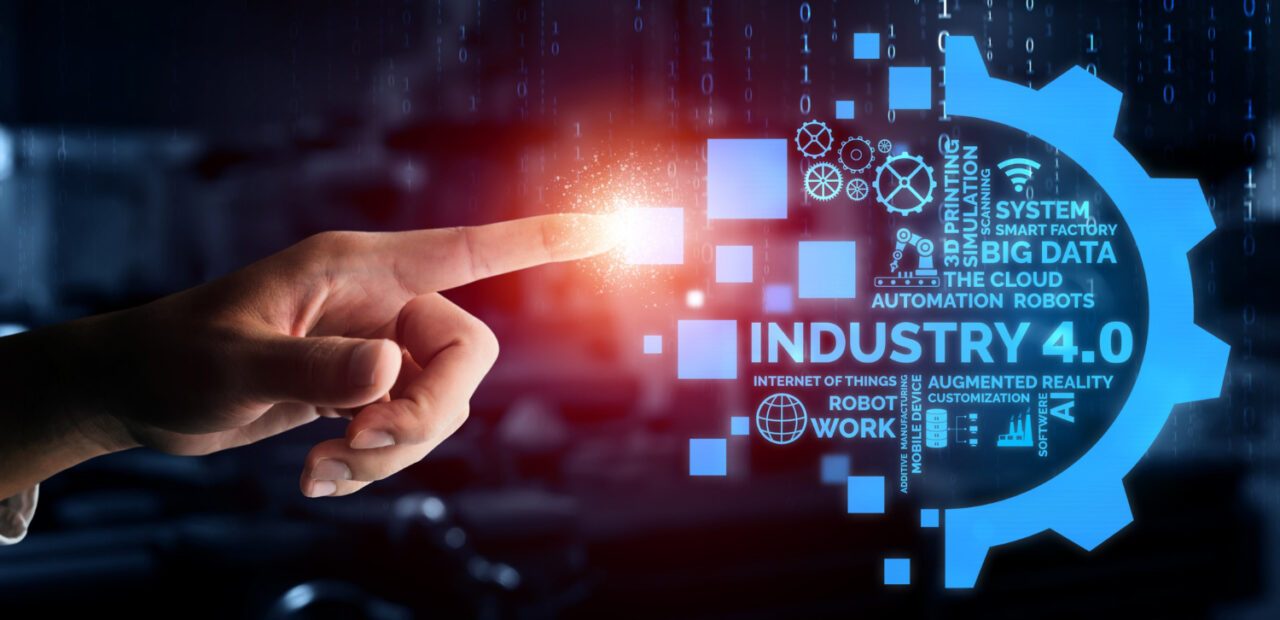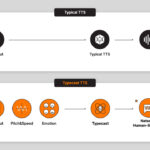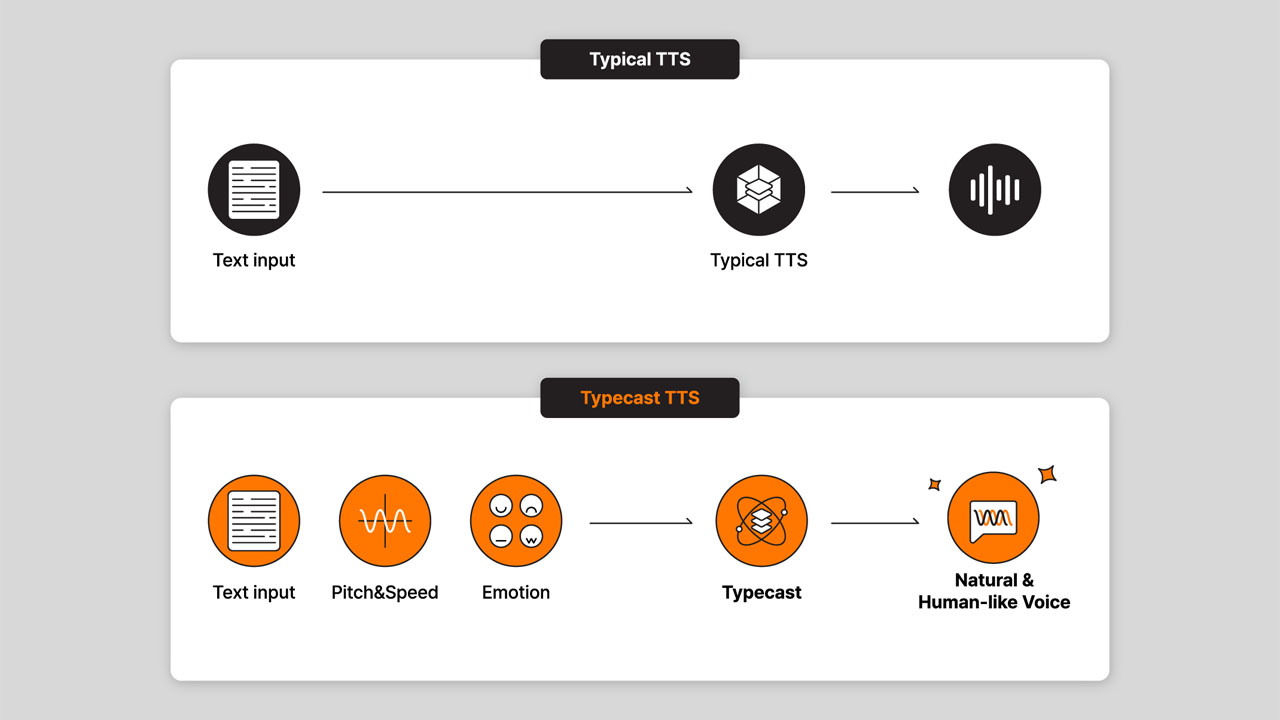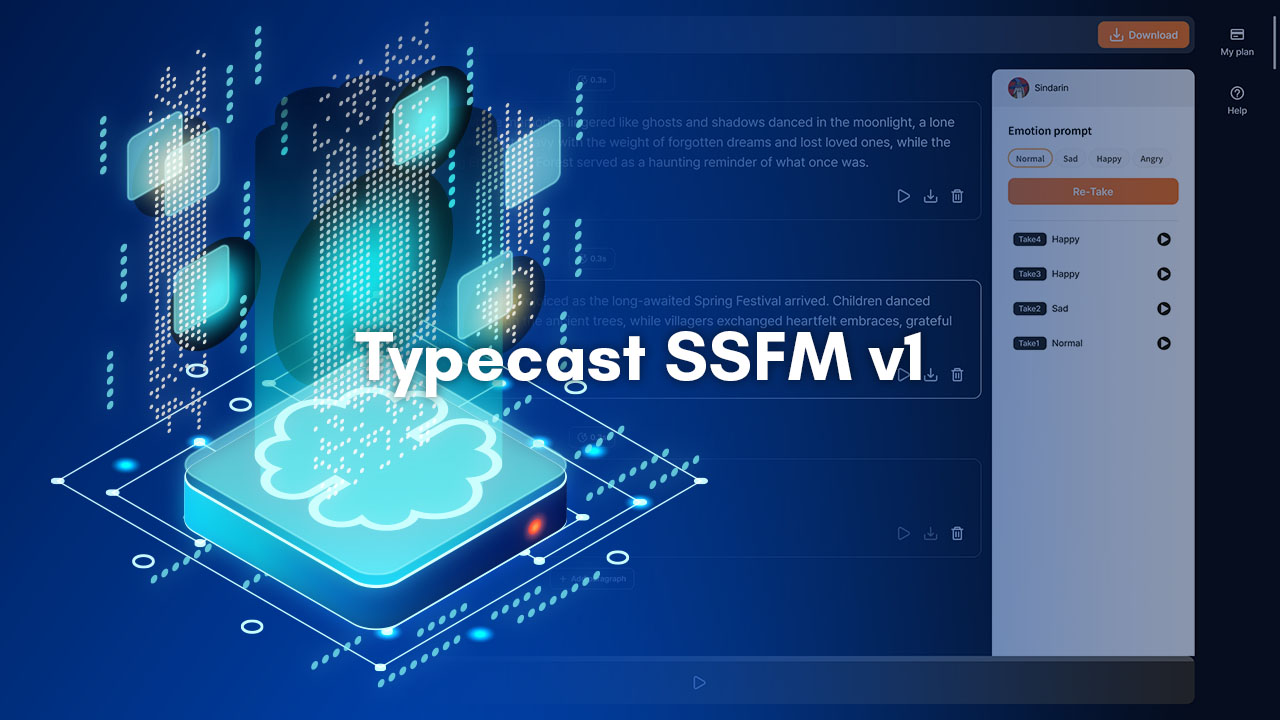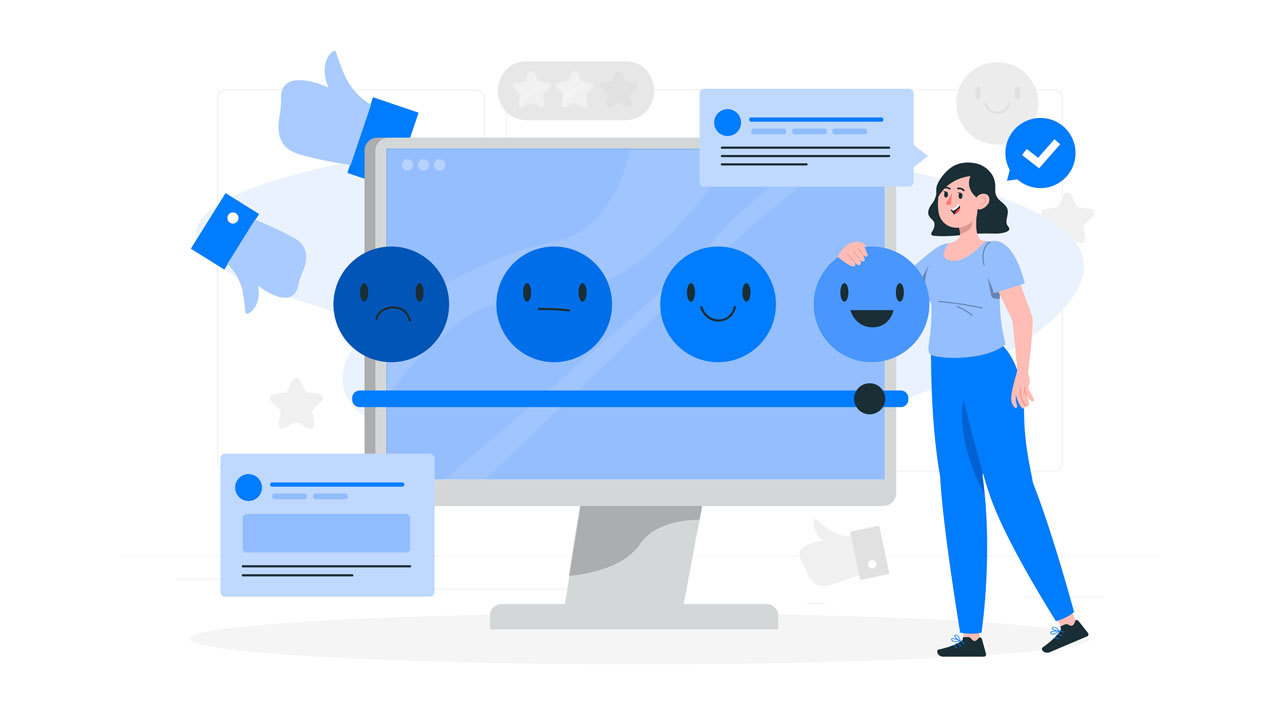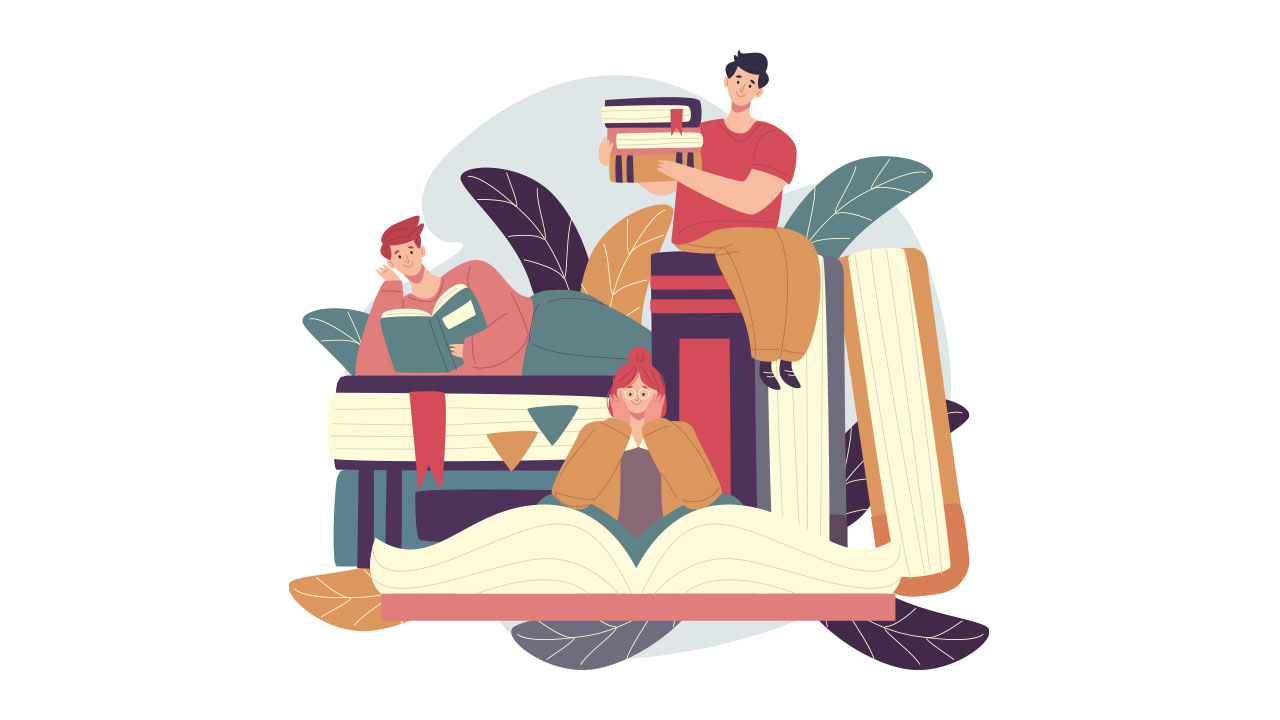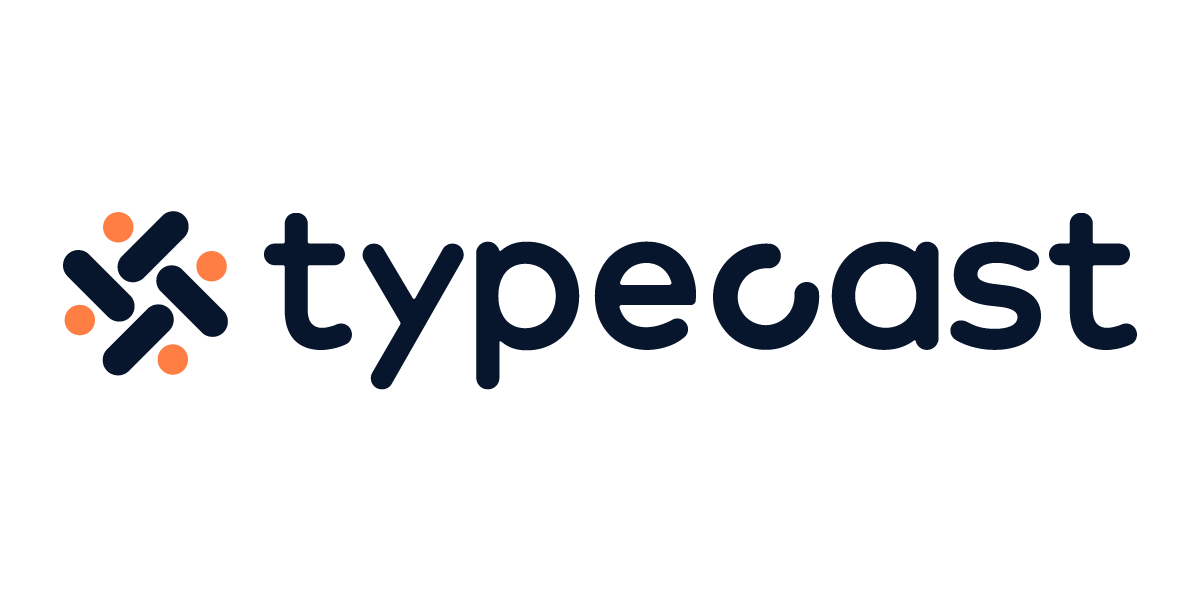In the 21st century, we are witnessing a technological revolution that is changing the way we live, work, and interact with each other. One of the most exciting developments in this revolution is the emergence of generative AI art, a type of artificial intelligence that can generate new content and ideas.
Generative AI is based on the idea that machines can be trained to create new things, such as images, text, music, and even code, without the need for human intervention. This is a significant shift from traditional AI, which is based on the idea that machines can only be trained to recognize and classify existing content.
The potential of artificial intelligence modeled on human brain is enormous, and it has the power to bring about the next renaissance. It can be used to generate new forms of art and media, create new products and services, and even solve some of the world’s most pressing problems.
For example, generative AI can be used to create new forms of art and media that are not possible with traditional methods. Artists and musicians can use AI to generate new compositions and visual styles, while designers can use AI to create new products and interfaces.
In addition to its potential to create new forms of art and media, generative AI can also be used to create new products and services. For example, generative AI can be used to generate new designs for products, such as cars and buildings, or to create new services, such as personalized health care.
Moreover, AI generated content can be used to solve some of the world’s most pressing problems such as medical research, climate change and energy efficiency. AI can be used to analyze large amounts of data, identify patterns, and generate new solutions to problems.
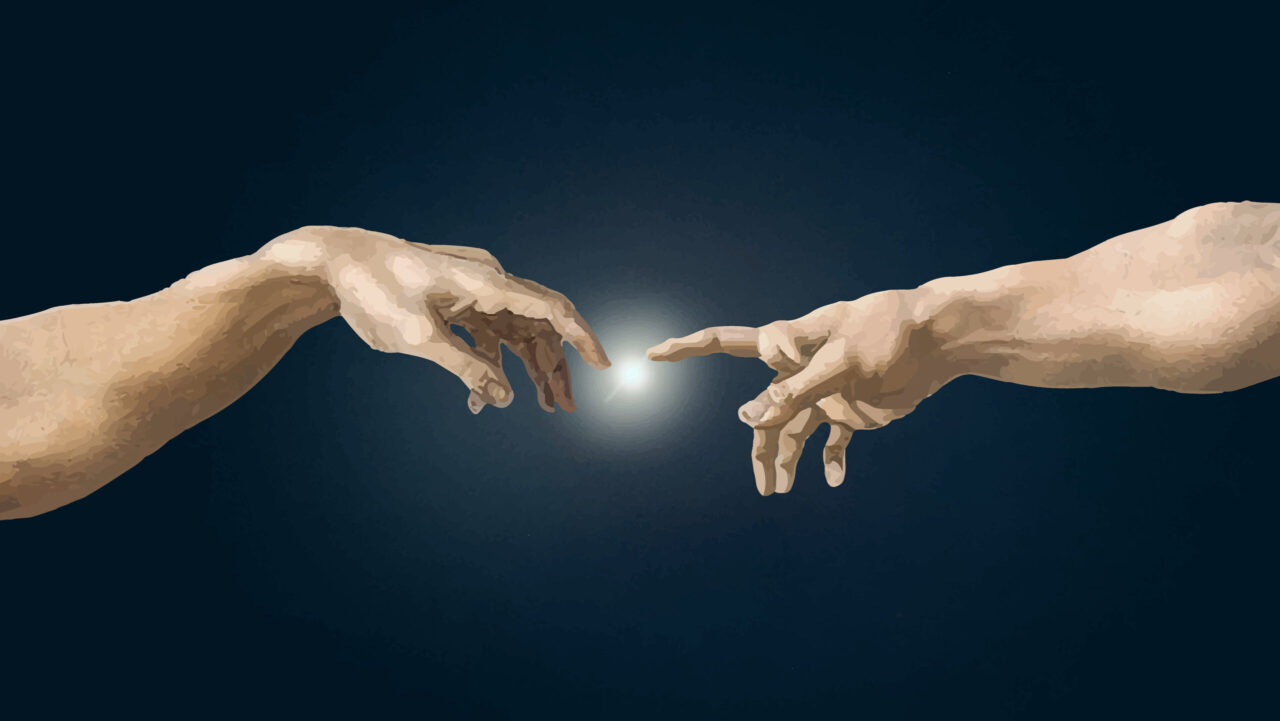
What was the Renaissance?
The Renaissance was a cultural and intellectual movement that began in Italy in the 14th century and lasted until the 17th century.
The term “renaissance” means “rebirth” in French, and it is used to describe the period in which the arts, sciences, and humanism underwent a significant revival.
The renaissance saw the emergence of new ideas, new technologies and new ways of thinking that had a profound impact on the world.
One of the most significant achievements of the renaissance was the development of new techniques and technologies in the arts. Artists, such as Leonardo da Vinci and Michelangelo, developed new techniques for painting and sculpture that led to the creation of some of the most famous works of art in history.
Similarly, the renaissance saw a significant advancement in the sciences. Scientists, such as Galileo and Copernicus, began to question traditional beliefs and developed new theories and methods that laid the foundation for modern science.
The renaissance saw the emergence of new ideas, new technologies and new ways of thinking that had a profound impact on the world, It led to a renewed appreciation for the arts and sciences, and a renewed emphasis on humanism. And now, with the emergence of generative AI, we may be on the verge of another renaissance. Generative AI has the potential to create new forms of art and media, new products and services, and new solutions to some of the world’s most pressing problems, just like the renaissance did.
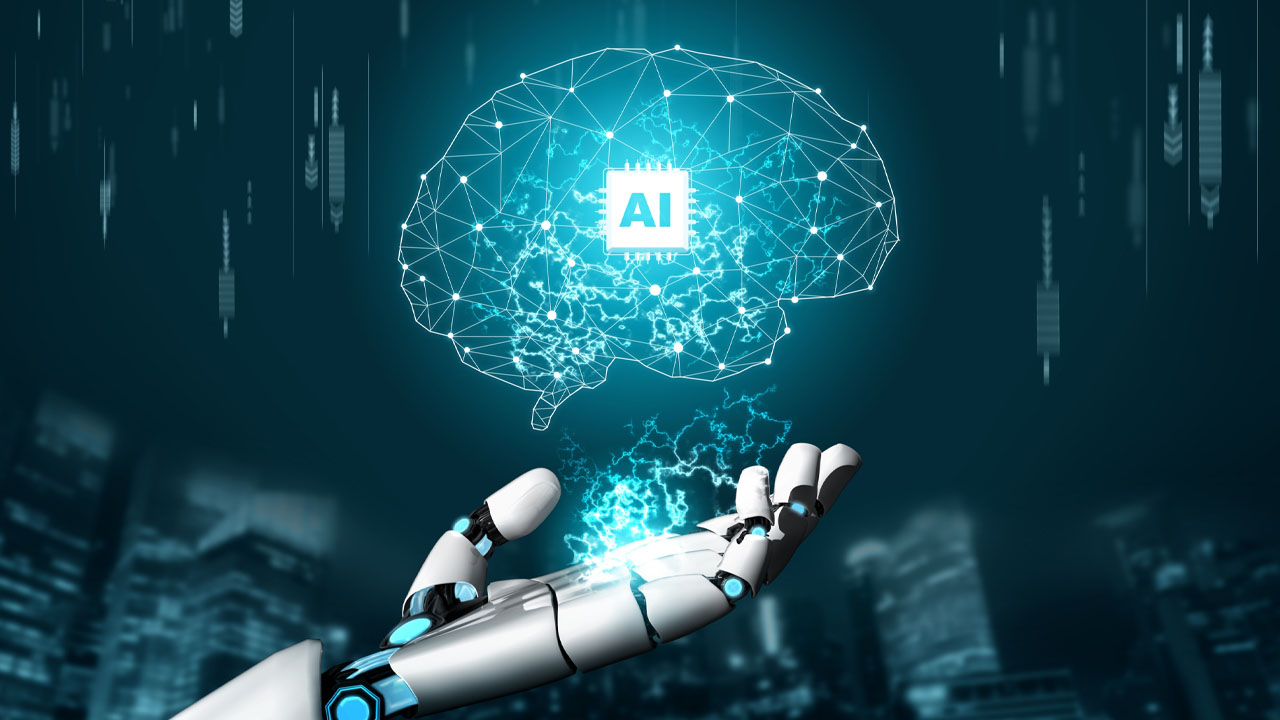
How can Generative AI enhance each professional field?
AI can play a huge role in the future of various fields and industries, particularly in engineering, art, science and medicine.
In Engineering
AI can be used to optimize and automate the design process, leading to more efficient and cost-effective products. Additionally, AI can be used to monitor and maintain complex systems, such as power plants and transportation networks, reducing the need for human intervention.
In Art
Generative AI can be used to create new forms of art and media that are not possible with traditional methods. Artists can use AI to generate new compositions and visual styles, while designers can use AI to create new products and interfaces.
In Science
AI can be used to analyze large amounts of data and identify patterns, leading to new discoveries and insights. Additionally, AI can be used to develop new simulations and models, allowing scientists to test and validate their theories more quickly and efficiently.
In Medicine
AI can be used to analyze medical images and diagnose diseases, reducing the need for human interpretation. Additionally, AI can be used to analyze patient data, providing doctors with personalized treatment recommendations.
Overall, generative AI has the potential to make our lives more efficient, convenient, and enjoyable. It can help us make better decisions, automate tedious tasks, and create new and exciting experiences.

What are the dangers of Generative AI?
While generative AI has the potential to improve many aspects of our lives, there are also some potential dangers that should be considered. Here are a few examples:
- Job displacement: Generative AI has the potential to automate many jobs that are currently done by humans. This could lead to significant job displacement, particularly in industries that rely on repetitive tasks.
- Bias and discrimination: Generative AI systems can perpetuate and even amplify bias and discrimination if not properly trained and monitored. For example, a generative AI system used for hiring could inadvertently discriminate against certain groups of people if it is trained on biased data.
- Privacy concerns: Generative AI systems require large amounts of data to be effective, and this data can include sensitive personal information. If not properly protected, this data can be accessed and used for nefarious purposes.
- Security risks: Generative AI systems can be vulnerable to hacking and other forms of cyber attacks. This could lead to sensitive information being stolen or systems being compromised.
- Dependence on technology: Generative AI can make our lives more convenient, but it can also make us more dependent on technology, which could lead to problems if systems fail or are unavailable.
- Ethical dilemmas: Generative AI can create ethical dilemmas when it comes to decision making. For example, it may be difficult to determine who is responsible when an autonomous vehicle causes an accident.
It’s important to keep these potential dangers in mind as we continue to develop and implement generative AI systems. It’s important to address them proactively and ensure that the benefits of the technology outweigh the risks.
Additionally, proper regulations, and oversight are necessary to ensure that AI is used ethically, transparently and for the benefit of society.


